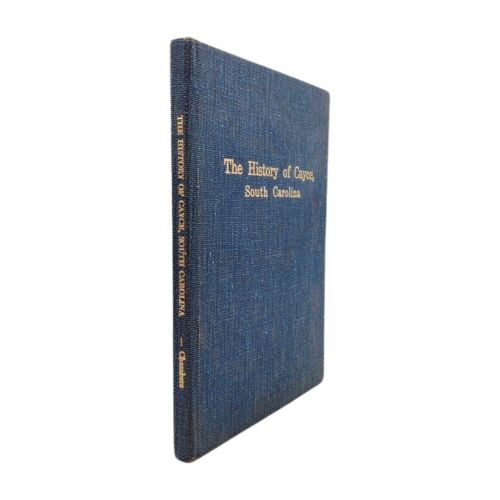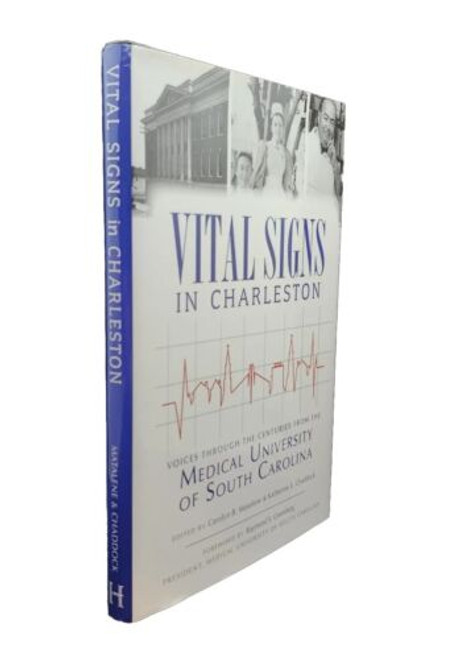History of Waccamaw Plantations by Julian Stevenson Bolick
Georgetown County Historical Society, 1998; reprint edition. Hardcover. xii, 130 pp. Blue cloth with gold foil titles to spine and front. Illustrated with full-page pen and ink drawings by the author.
VG- Clean and firm despite bowing to front board. Moderate rubbing to extremities. Pages are overwhelmingly clean, with a small spot to pp. xii. Free of markings.
◇
ORIGINAL WACCAMAW Indians, pioneer settlers of Georgetown County, and wealthy Colonial Officials contributed to the history, architecture, and romantic lore of the South Carolina Low Country, sketched pictorially and biographically by Julian Stevenson Bolick in Waccamaw Plantations.
The book is a charming, descriptive series written in a blending of fact and legend that makes entertaining reading.
Hand-hewn board cottages of Indian traders in historic "Hobcaw Barony," Pawley's Island, and Murrel's Inlet gave way, in part, to the palatial white columns of the colonial planters. Traces of both Southern civilizations, colored by Indian name-origins, are found in what is now a distinctive section of this country, rich in atmosphere that is unique. The author transposes that atmosphere in sincere, gentle word and picture interpretations of Waccamaw Plantations.
The rhythmical place names of Waccamaw country, "Winyah," "Wachesaw," and "Waccamaw" itself, are evidence of its Indian heritage. The author combines such folk lore with family histories of its early inhabitants in stories of the origin and fate of Waccamaw landmarks, written in unpretentious, direct style. The data included in the plantations' histories is of interest to the natives of Georgetown County and the descendants of its ancient landowners. The book is a quaint chapter in American tradition, contributing fact spiced with legend and human interest.
Mr. Bolick illustrated Waccamaw Plantations with etching-like pen and ink drawings which show in minute detail the architectural structure and moss-drenched settings of the individual homes and places. The sketches, exemplified by the prose, picture Waccamaw as it was and is. (From the front flap)











